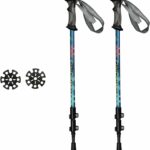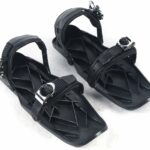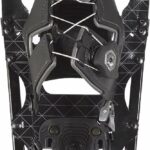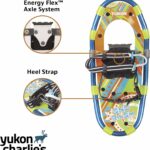Skiing requires a fair amount of equipment to get you started, and this may seem intimidating to a beginner, but even more experienced skiers might question whether it’s all essential.
You could be looking to cut costs where possible, or maybe you find some parts of the kit uncomfortable, clunky and restrictive.
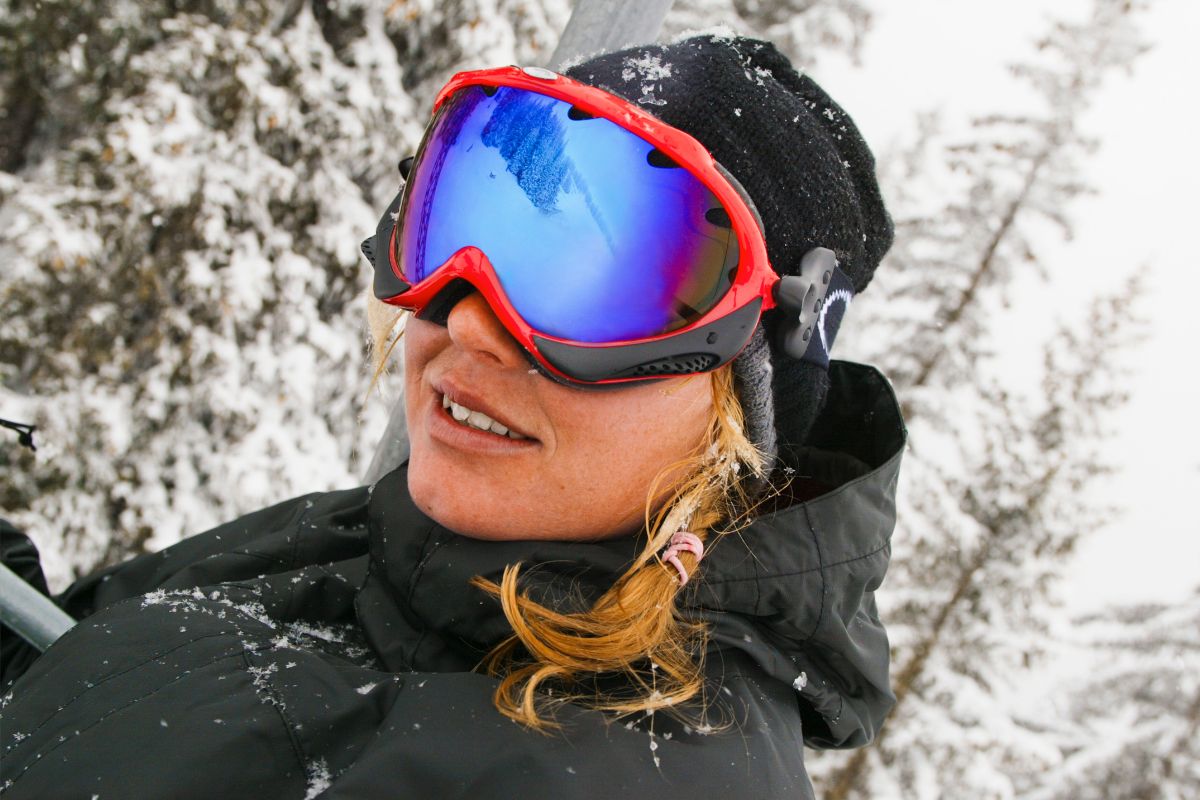
Or – let’s face it – maybe it’s laziness, something we’ve all been guilty of, and you’re trying to cut out some of the steps.
So if you’re wondering whether you really need goggles when you’re skiing, the short answer is yes, absolutely.
To learn why they’re so important – or if we need to convince you – read on.
What Do Ski Goggles Do?
Ski goggles have been developed especially for the conditions and physicality of the sport. They are robust and have multiple layers that make them suitable for the cold, snowy climate.
If you wear prescription glasses, you can get prescription lenses for your ski goggles, wear your glasses underneath them, get prescription lenses that you can stick inside your goggles, or wear contact lenses.
Physical Protection
Ski goggles act as a physical barrier between your delicate eyes and the harsh environment.
They fit well with ski helmets and are thick, durable, and have a secure, adjustable band that will keep them in place on your head, and your eyes should be protected from all angles.
The sturdy frames, padding, and lenses are extra protection in the case of a collision, which could be especially nasty at high speeds.
Any extra protection you can get for your head and face is extremely important – after all, there’s a lot of important bits around there!
Ski goggles also protect your eyes from the elements. The conditions you’ll be in when you’re skiing could be any combination of cold, wind, rain, and snow.
As the goggles cover your eyes and a large portion of your face, it protects them from watering and even freezing. Getting snow in your eyes is also an issue both in terms of comfort and your vision.
The layers that ski goggles have include a foam layer that aids in ventilation while keeping snow and rain out (see also “How To Layer For Skiing”).
While fogging is a common and frustrating downside of wearing goggles, investing in a pair that fits correctly and taking care of them to preserve their anti-fog coating can help limit these issues.
UV Protection
Ski goggles have extremely high UV protection, which is essential at high altitudes, where you’ll be exposed to around 50% more UV radiation than you would be at sea level.
On top of that, snow reflects up to 90% of this radiation, meaning that you’re at an even higher risk of sun damage even on cloudy days.
The bright light will also affect your vision, as surfaces will be washed-out by bright white snow. This affects your depth perception and you can struggle to see important details in your surroundings like shadows.
Many brands offer tinted lenses with special reflective coatings and filters that easily clip in and out of your frame, meaning you can adjust your goggles for current weather, and can take extra lenses with you in case of any changes.
You can get multiple colors of lenses that work better for certain conditions, and can help filter out some of the light to improve your contrast vision. Here’s some examples of the lenses and what weather they’re suited for:
- Bright, sunny days: mirrored silver, gray, black, or red lenses.
- Dull, cloudy days with low visibility: pink, yellow, gold, amber or brown lens. This helps define the contrast on the snow.
- Partly cloudy, partly sunny: blue, green or red lenses work well here.
Lenses come with different Visible Light Transmission (VLT) percentages. This is the amount of light that passes through the goggles, and the color, material, and thickness of the lenses can affect this rating.
Lower VLT percentages are generally better suited for brighter conditions, as this lets in less light, while higher VLT percentages allow more light through and are better on cloudy days.
You can also get photochromic lenses, which react to UV radiation and adjust their tint automatically. This is very convenient, but can come at a higher cost.
Polarizing lenses are also an option;they reduce the amount of glare that reflects off surfaces in the sun.
They reduce horizontally polarized light, which is a particular issue while skiing as most of the light reflected off snow is horizontally polarized.
An issue with these lenses is that they make it harder to define where patches of ice are in the snow, but for many skiers, the benefits outweigh the risk.
What Are The Risks If I Don’t Wear Ski Goggles?
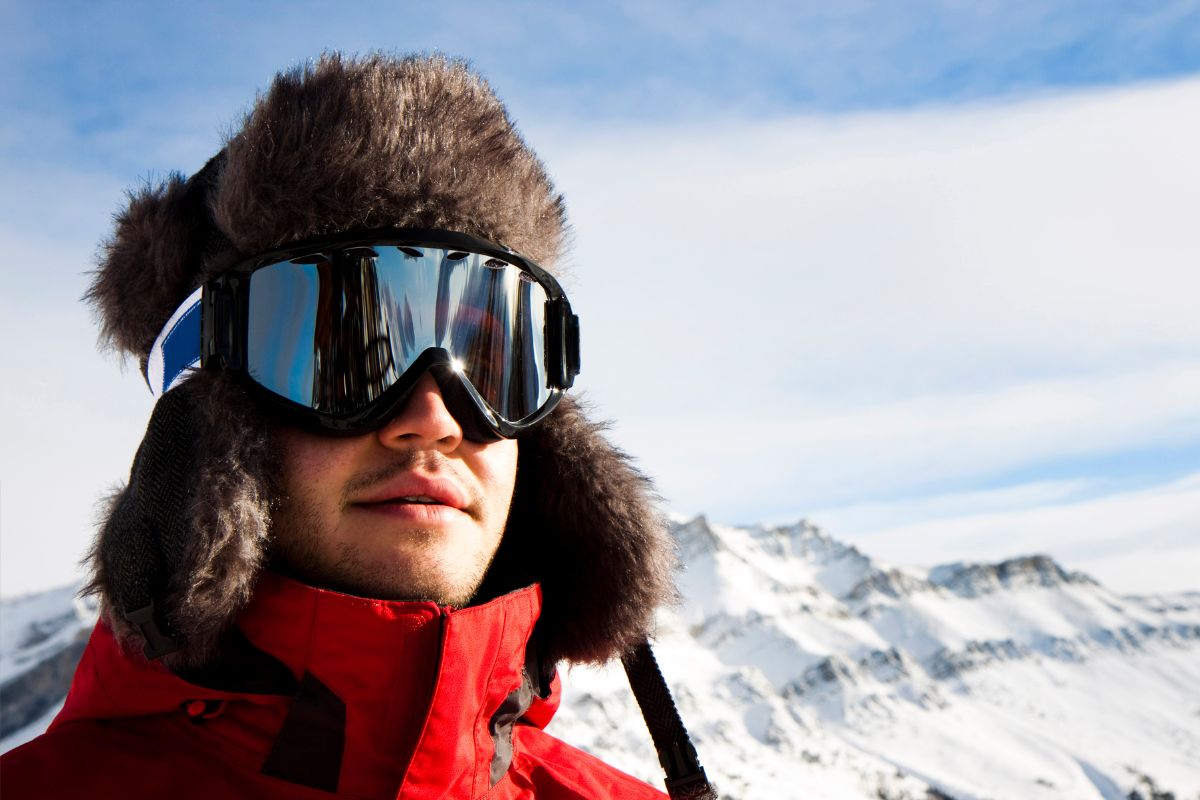
Now that we’ve covered the features of ski goggles, here are some of the dangers you’d be facing without them.
Collision
In the event of a collision, which would likely be at high speeds, your face and eyes would be at risk without the protection of goggles. Here are some dangerous obstacles:
- Other skiers
- Your own equipment, skis can be dangerous
- Tree branches
- Falling on hard surfaces like rocks
Sun Damage
Many people forget that your eyes can get sunburned, and damage to the retina will impair your vision and can cause both short and long term problems:
- Snow Blindness: the bright white from the snow can cause temporary blindness
- Cataracts: long term exposure to the sun can cause cataracts and other eye issues in the future.
- Sunburn: The increased risk of sun burn at high altitudes means that your face and eyes will get burned without adequate protection.
Weather Damage
- Eye watering: the wind and cold will make your eyes water which will affect your vision.
- Freezing: Your eyes will be affected by cold temperatures, and when they water, the water will freeze on your eyelashes, further obscuring your vision and potentially leading to ice getting in your eyes.
Reduced Visibility
The sun and weather will affect your visibility. Wearing ski goggles will improve your visibility by helping with definition and contrast in your surroundings, and protecting your eyes from watering.
Final Thoughts
Ski goggles offer so many benefits for your safety that they are a must, and the potential risks aren’t worth it – especially when your vision is involved.
You should always prioritize your safety, and it would be tragic to get into an accident that causes irreversible damage that could be avoided.
Make sure to stay safe, and have fun!
- How to Choose a Skim Board - September 10, 2023
- is Skim Boarding Hard? - February 8, 2023
- How To Wax a skim board - February 8, 2023




